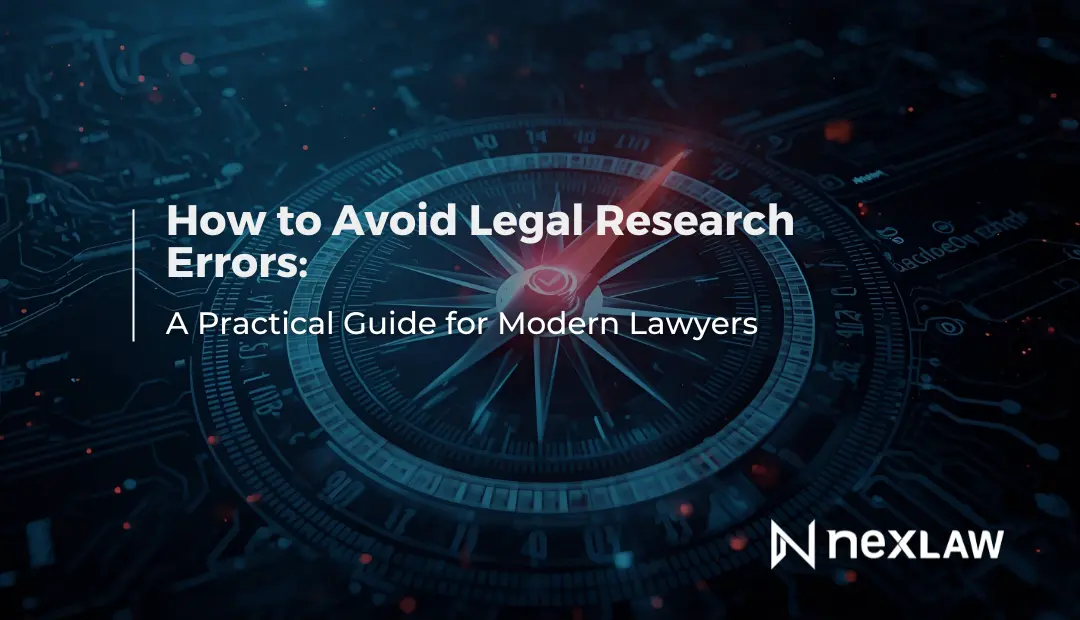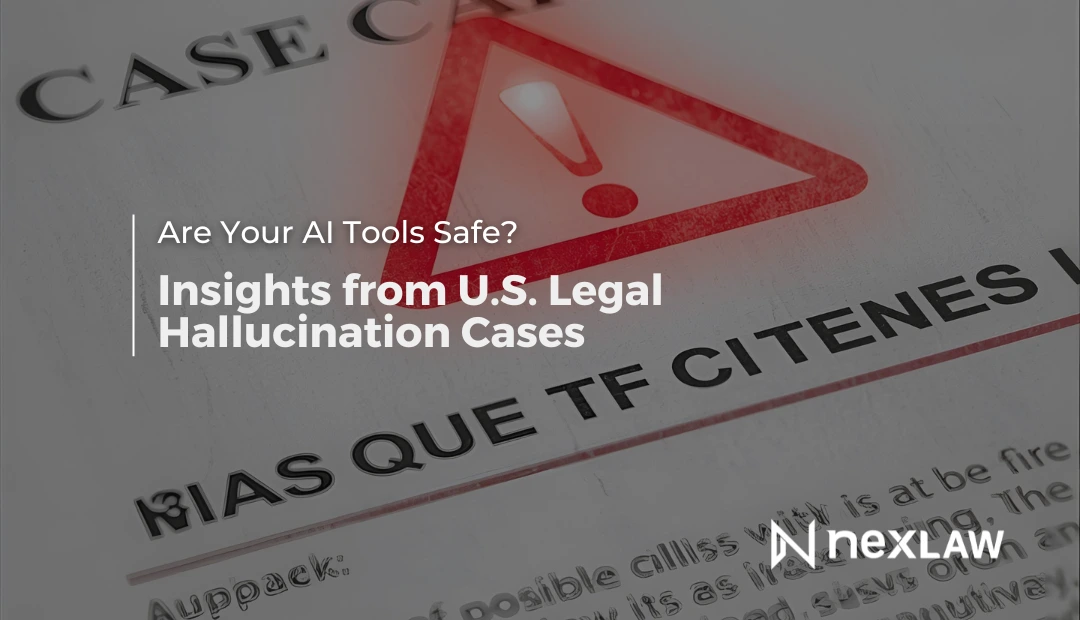How to Avoid Legal Research Errors: A Practical Guide for Modern Lawyers
Legal research is one of the most critical tasks in legal practice. A single mistake—such as missing a key precedent or misinterpreting a statute—can weaken a case, mislead a client, or even cause financial loss. With increasing data volumes and complex legal frameworks, lawyers must use smarter methods to avoid legal research errors and maintain accuracy.
Unlock Legal Insights Instantly!
In this guide, we explain the most common research mistakes and how today’s legal professionals can prevent them using proven strategies and automation tools.
Why Avoiding Legal Research Errors Matters
Legal decisions rely heavily on precision. Even small errors can lead to:
- Misrepresentation of legal principles
- Incorrect case interpretation
- Incomplete legal arguments
- Reduced credibility in court
- Poor client outcomes
Law firms that maintain strong research accuracy consistently deliver higher-quality legal services and gain a competitive advantage.
Common Legal Research Errors Lawyers Should Avoid
-
Relying on Outdated Information
Laws evolve, precedents change, and new case decisions override old ones. Using outdated sources is one of the most common causes of research errors. -
Skipping Primary Sources
Secondary articles, blogs, and summaries are helpful, but relying solely on them can create inaccuracies. Lawyers must always verify information through primary authorities. -
Overlooking Jurisdiction Differences
A case relevant in one jurisdiction may not apply in another. Confusing jurisdictions can lead to incorrect conclusions and weak arguments. -
Misinterpreting Case Law
Failing to understand legal reasoning, context, or the ratio decidendi can lead to flawed analysis. -
Poor Keyword Strategy
Using overly broad or incorrect search terms often results in irrelevant results or missing critical materials. -
Manual Note-Taking Mistakes
Copying citations incorrectly or tracking sources poorly can create inconsistencies throughout the research.
Best Practices to Avoid Legal Research Mistakes
-
Always Validate Sources
Check multiple citations, cross-refer case summaries, and verify legal principles through updated databases. -
Use Precise Keywords and Filters
Advanced filters—such as jurisdiction, court level, date range, and topic—help narrow results and improve accuracy. -
Read Beyond the Case Summary
Headnotes and summaries provide context, but lawyers must read the full decision to avoid misinterpretation. -
Maintain a Structured Research Process
A consistent workflow helps reduce oversight. This includes:- Identifying the legal issue
- Gathering primary sources
- Reviewing secondary commentary
- Taking structured notes
- Double-checking citations
-
Stay Updated with Legal Changes
New regulations, amendments, and judgments should be monitored regularly through legal databases and AI-powered tools.
How AI Helps Lawyers Avoid Legal Research Errors
Modern Legal research automation dramatically reduces human error. AI tools such as NexLaw.ai help lawyers:
- Identify relevant precedents instantly
- Detect inconsistencies or missing citations
- Generate accurate summaries and insights
- Provide keyword trends for more precise research
- Highlight jurisdiction-specific differences
- Analyse text for risks or contradictions
- Reduce time spent manually reviewing documents
By integrating AI into the research workflow, law firms can eliminate repetitive tasks and focus on higher-level strategic work.
Why Digital Tools Are Becoming Essential
As legal content continues to grow, manual research becomes riskier. Automation ensures:
- Better accuracy
- Faster turnaround
- Consistent citation quality
- Reduced cognitive overload
- Improved case strategies based on comprehensive insights
Firms that combine human expertise with automation outperform those relying solely on traditional research methods.
Conclusion
Avoiding legal research errors is essential for delivering reliable, high-quality legal services. By using structured workflows, validating sources, and adopting AI-powered legal research tools, lawyers can ensure accuracy, reduce risk, and enhance their overall efficiency.
Want to see how automation helps you avoid legal research errors? Click here to book a personalised demo of NexLaw.ai.






